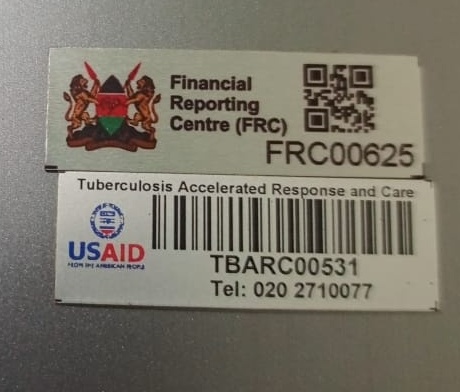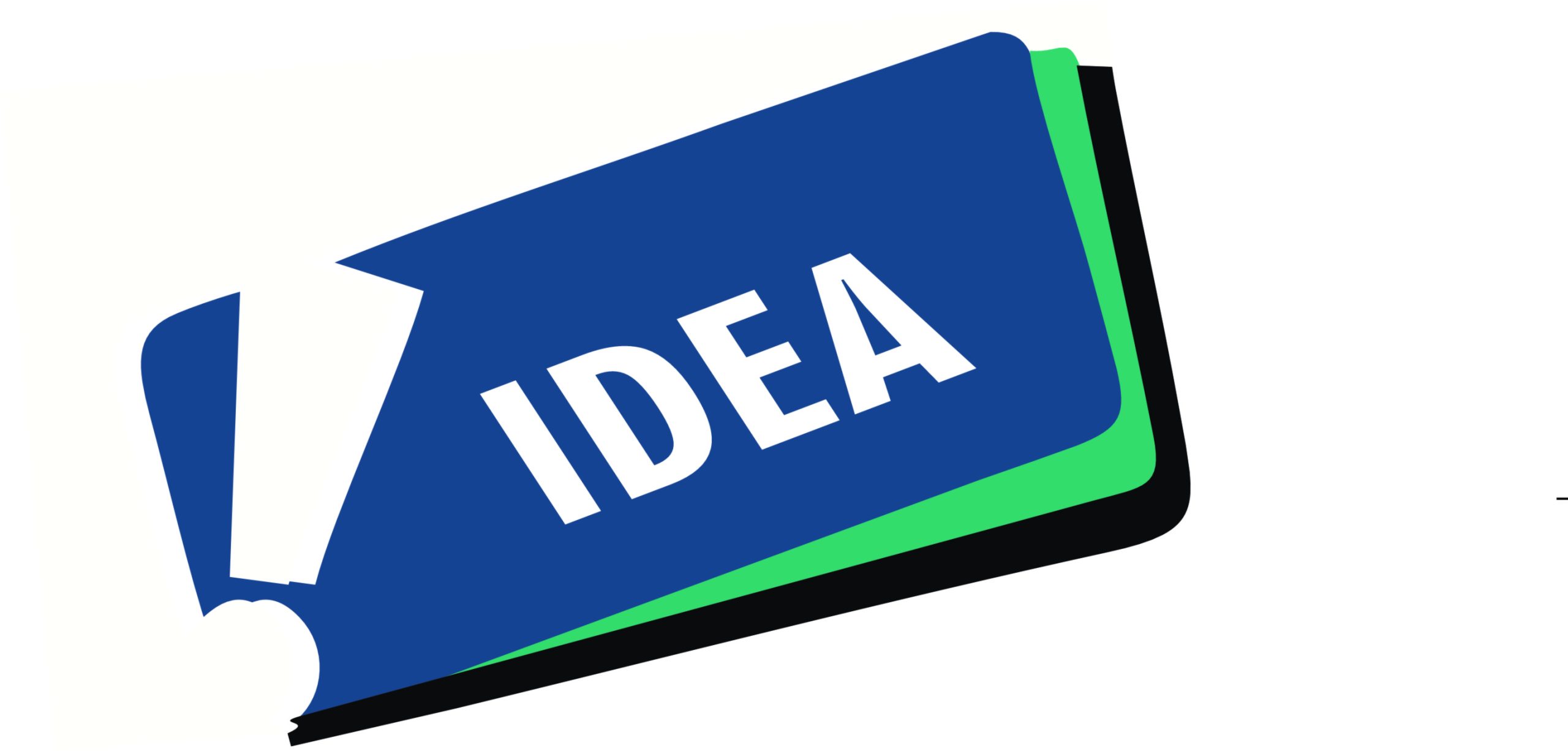Asset tagging is the process of assigning unique identification labels to physical assets within an organization. These tags are affixed to items such as equipment, tools, and machinery and typically include a unique ID number or barcode, often combined with RFID technology for enhanced tracking. Asset tagging is a critical component of effective asset management, providing a straightforward method for tracking, monitoring, and managing assets throughout their lifecycle.
Benefits of Asset Tagging
- Improved Tracking:
- Enhanced Security
- Streamlined Inventory Management
- Maintenance Management
Types of Asset Tags
- Barcode Tags: Printed with a series of lines and spaces that encode data, scanned with barcode readers.
- RFID Tags: Equipped with radio frequency technology for automated and long-range data capture.
- QR Code Tags: Contains data that can be read by smartphones or tablets for quick access.
- Engraved Tags: Durable tags with information etched onto metal or plastic, suitable for harsh environments.

Physical reconciliation is the process of comparing physical assets with the records in an asset management system to ensure accuracy and consistency. This involves physically inspecting and counting assets and verifying that they match the data recorded in the asset management system. Physical reconciliation is essential for maintaining accurate asset records and ensuring that all assets are accounted for.
Benefits of Physical Reconciliation
- Accurate Records
- Detection of Discrepancies
- Regulatory Compliance
- Improved Asset Utilization
The Asset Tagging and Physical Reconciliation Process
1. Asset Tagging
- Identification: Assign unique tags to each asset, ensuring that each tag has a distinct identifier.
- Application: Affix tags to assets in a consistent and visible location.
- Data Entry: Input tag information into your asset management system, linking it to relevant asset details such as location, condition, and ownership.
2. Conducting Physical Reconciliation
- Preparation: Review the asset management system to identify the assets to be reconciled. Prepare tools and equipment for the reconciliation process.
- Physical Inspection: Inspect and count each asset, scanning or manually recording tag information as you go.
- Data Comparison: Compare the physical counts and observations with the asset records in the management system.
- Discrepancy Resolution: Investigate and address any discrepancies, such as missing assets, incorrect locations, or duplicate records.
- System Update: Update the asset management system with the accurate data obtained during the reconciliation process.
3. Post-Reconciliation Review
- Reporting
- Analysis
- Continuous Improvement
